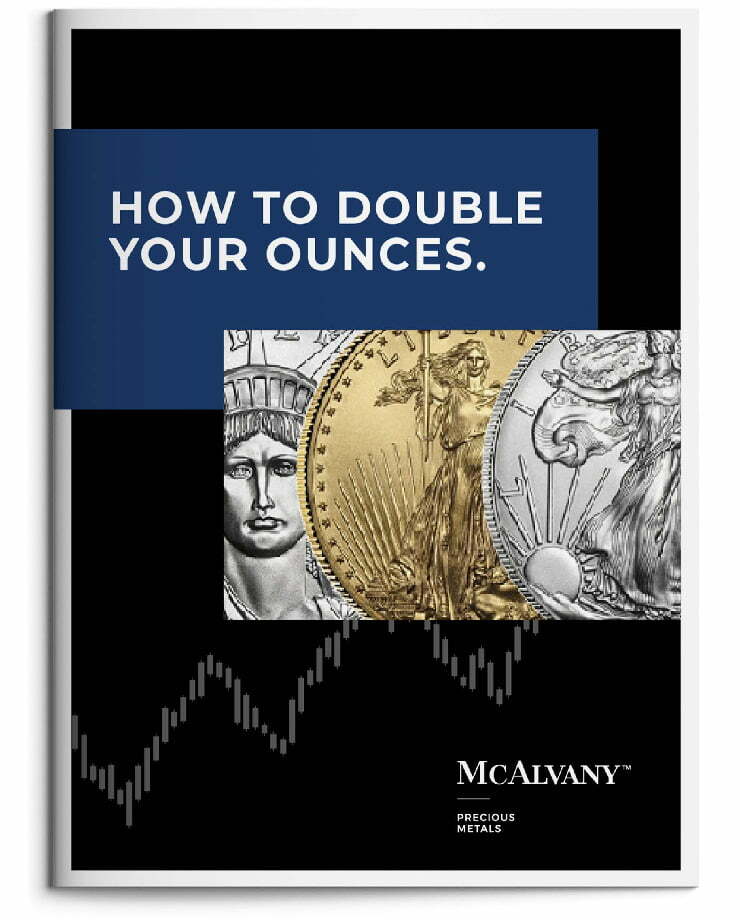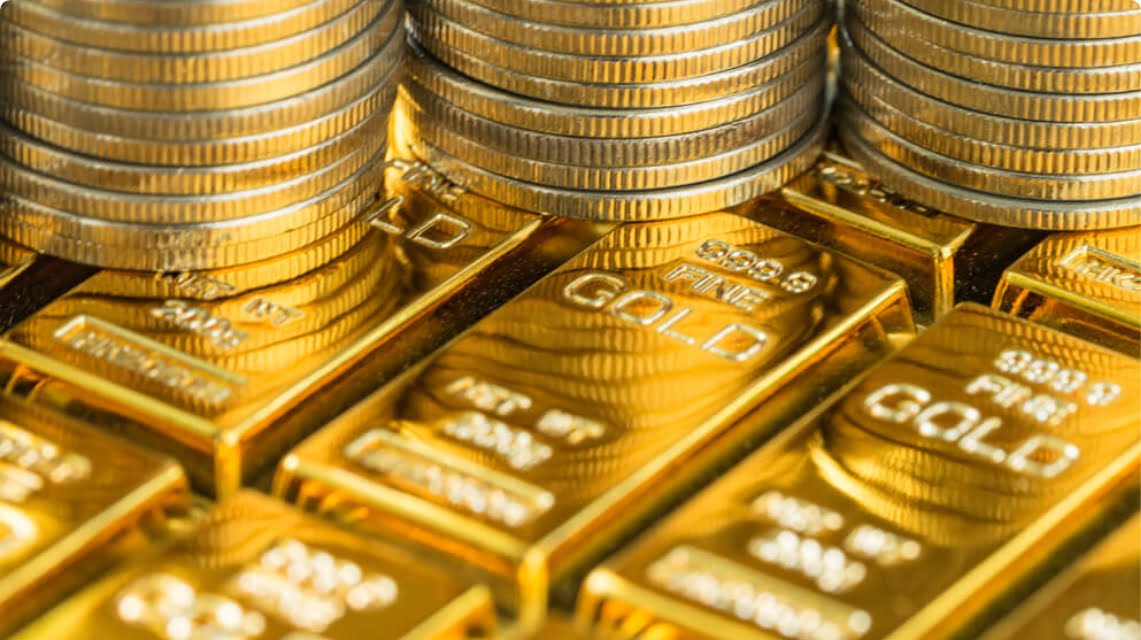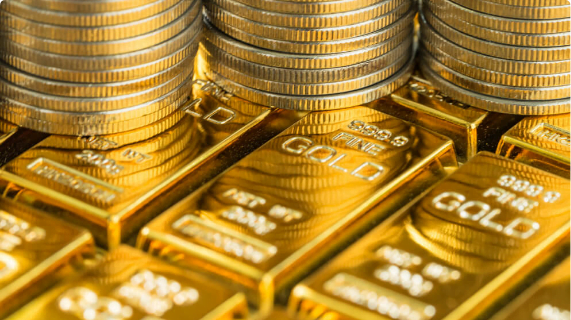The Road to the Dodo
This week in the wild world of markets was not without intrigue. Stocks were up, the dollar was up, energy was mixed, precious metals were lower, while bonds were flat.
Many of the headlines this week focused on new CPI inflation data. The good news was that prices weren’t up as much as analysts expected. The bad news was that prices still jumped significantly in the wrong direction. The headline consumer price index climbed 2.7% year-over-year in June, up from 2.4% in May. Monthly headline inflation was 0.3% in June (vs. 0.1% in May) marking the fastest rate in five months.
Core inflation, however, was a bit softer than anticipated. Monthly core CPI was up 0.2% in June vs. 0.1% in May, but the year-over-year measure registered at 2.9% compared with the 3% reading economists expected. While not quite as elevated as expected, that 2.9% was still the highest core reading since February. Now, while it may be a small comfort to some that inflation was not up quite as significantly as expected, that’s not HAI‘s take. HAI‘s view was best expressed by a Barron’s headline reading, “Inflation is on the rise. It’s only the beginning.”
That said, in HAI‘s view, inflation wasn’t the story of the week.
That came in a CNN article on Monday titled, “Trump announces novel plan to send weapons to Ukraine and gives Russia new deadline to make peace.” In HAI‘s view, it’s evident that the Trump administration may have just issued its latest blow to the petrodollar system.
As CNN put it, “President Donald Trump on Monday laid out a pair of steps intended to pressure Russia to end its war in Ukraine, including funneling new weapons to Kyiv and threatening economic punishment on Moscow if peace isn’t reached in 50 days, as he grows increasingly disenchanted with his Russian counterpart. ‘We’re going to be doing very severe tariffs if we don’t have a deal in 50 days,’ Trump said. ‘Tariffs at about 100%, you’d call them secondary tariffs. You know what that means.’ A White House official clarified to CNN that when the president referred to ‘secondary tariffs,’ he meant 100% tariffs on Russia and secondary sanctions on other countries that buy Russian oil. The US conducts very little trade with Russia, making the secondary sanctions the piece with potentially the most bite.”
In HAI‘s view, Trump’s threat to impose 100% secondary sanctions on Russian oil buyers is just another important accelerant of the transition from the old petrodollar (or dollar recycling system) to a new global gold recycling system.
For context, consider that Russia is the world’s third largest global oil exporter, and their ~4.8 million barrels per day is ~11% of global oil exports. In other words, Russian oil is a massive piece of the global supply puzzle, and global oil exports have barely risen on net since 2005. Worse, U.S. shale production, responsible for roughly 90% of global oil production growth over the last decade, is rolling over. In short, that means that while sanctions on Russian oil trading partners could certainly hit Russia hard, they also risk seizing up the global economy as those Russian oil exports are dearly needed.
Even if Trump’s threat succeeds in forcing Russia to a quick peace in Ukraine, one that would likely be temporarily negative for the gold price, this is another move by the issuer of the reserve currency and global reserve asset likely to further incentivize global oil trading outside of the petrodollar system (in local currencies with surpluses net settled in gold). Over time that is very likely to further drive up the gold price significantly.
We know that’s already been happening at an accelerating pace among the emerging market (EM) BRICS nations following U.S. sanctions that froze Russian dollar FX reserves after Russia’s 2022 invasion of Ukraine. While global central banks (led by EM BRICS nations) have been net buyers of gold since 2010, the rate of purchase doubled in 2022. Now, 2025 looks to be the fourth consecutive year of central bank buying at a rate of over 1,000 tonnes per year.
Furthermore, China and India are the biggest buyers of Russian energy, meaning they would be the two countries hit hardest by 100% secondary sanctions on Russian oil. That means the added incentive to move quickly toward the gold recycling system is aimed squarely at two of the largest BRICS countries and the emerging BRICS trading block more broadly that is already embracing gold as their preferred reserve asset.
We can already see the signature of gold recycling replacing the petrodollar system in the global oil trade by looking at the gold-to-oil ratio and the ratio of gold-to-long-term U.S. Treasuries.
The gold-to-oil ratio is so important because it is a pressure gauge on the petrodollar system and the dedollarization of global FX reserves.
Historically a low gold-to-oil ratio depicts a healthy petrodollar system. Gold competes with long-term Treasury bonds as a reserve asset. So, a low gold price means low competition with Treasuries. A relatively high oil price means there’s a lot of demand for dollars to buy oil, and it means that there is a lot of OPEC+ dollar surpluses being recycled back into long-term U.S. Treasuries. So, a low gold-to-oil ratio depicts a very healthy petrodollar system as it was structured.
As the gold-to-oil ratio rises, especially when it’s rising in tandem with the gold-to-long-term U.S. Treasuries ratio, it indicates increasing pressure on the petrodollar system and that the system is actually breaking down. That’s because the net oil surpluses are bidding for gold, and the oil market alone is roughly 10-12 times the size of the physical gold market in terms of annual production. That means large flows bidding for gold and those same big flows no longer bidding for Treasuries.
Importantly, for over a decade we’ve seen both the gold-to-oil ratio and the gold-to-long-term U.S. Treasuries ratio surge. In HAI‘s view, this week’s threat of 100% secondary sanctions on Russian oil buyers is, over time, very likely to continue to send both ratios much higher—right along with the price of gold.
Three weeks ago, highly respected Western institutional macro market consultant Charles Gave said, “the dollar-centric payments system [the Petrodollar system] is going the way of the Dodo.” HAI agrees, and even if there are no secondary sanctions, this week’s threat alone accelerates the petrodollar system’s road to the Dodo.
Weekly performance: The S&P 500 was up 0.59%. Gold was off 0.22%, silver was down 0.72%, platinum was off 1.24%, and palladium was nearly flat, down 0.08%. The HUI gold miners index was down 2.13%. The IFRA iShares US Infrastructure ETF was lower by 0.16%. Energy commodities were volatile and mixed on the week. WTI crude oil was off 1.68%, while natural gas was up 7.66%. The CRB Commodity Index was up 0.23%. Copper was up 0.25%. The Dow Jones US Specialty Real Estate Investment Trust Index was up 1.42%. The Vanguard Utilities ETF was up 1.72%. The dollar index was up 0.62% to close the week at 98.46. The yield on the 10-yr U.S. Treasury was up 1 bp to close at 4.42%.
Best Regards,
Morgan Lewis
Investment Strategist & Co-Portfolio Manager
MWM LLC















